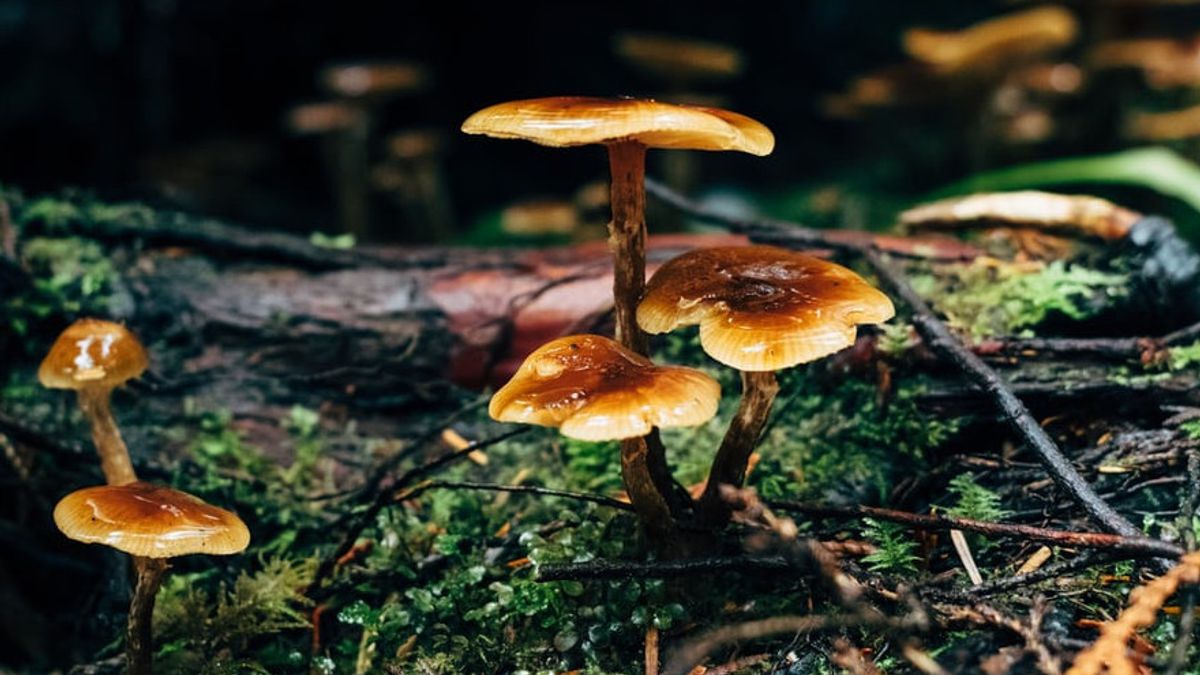JAKARTA - A researcher in the UK recently found that fungi can communicate with other fungi like humans in up to 50 words.
The researchers identified patterns of neural-like electrical activity from four fungi. What's more, the patterns in activity appear to be comparable to similar structures in human speech. This is a finding that could shed light on a new mode of communication in mycological organisms.
Is Andrew Adamatzky, researcher and computer scientist from the University of the West of England in England, found a different group of activity produced by fungal tissue.
The electric buzz of mushrooms has been known for years, but analyzing this activity is language and one that can reveal a lot.
"Assuming that the spikes in electrical activity are used by fungi to communicate and process information in the mycelium network, we grouped the spikes into words and provided an analysis of the linguistic and informational complexity of the spike activity of fungi," Adamatzky wrote in his paper published in the Royal Society Open Science. .
In the four mushrooms studied, Adamatzky saw electrical activity and looked for patterns in ghost mushrooms (Omphalotus nidiformis), Enoki mushrooms (Flammulina velutipes), split gill mushrooms (Schizophyllum commune), and caterpillar mushrooms (Cordyceps militaris).
Launching Science Alert, Friday, April 8, electrical activity was detected and recorded using tiny microelectrodes that were inserted throughout the area where the fungus colonized, and the activity spikes were then organized into clusters.
Each type of mushroom varies in terms of word duration and length, with some lasting up to 21 hours. Split gill mushrooms can make up the most complex sentences, but overall mushroom word length averaged 5.97, in languages such as English (4.8) and Russian (6).
"We don't know if there is a direct relationship between activity patterns in fungi and human speech. Probably not. On the other hand, there are a lot of similarities in information processing on living substrates from different classes, families and species. I just wanted to compare," said Adamatzky.
It is possible that these signals are a way in which fungi can warn about threats to their survival, or about changes in available resources.
Ecologist Dan Bebber from the University of Exeter in the UK, who was not involved in the study, says there is still a long way to go before we can confirm that fungi can talk to each other.
"While it is interesting, interpretation as a language seems a bit too enthusiastic, and will require more research and critical hypothesis testing before we see mushrooms in Google Translate," said Bebber.
The English, Chinese, Japanese, Arabic, and French versions are automatically generated by the AI. So there may still be inaccuracies in translating, please always see Indonesian as our main language. (system supported by DigitalSiber.id)













